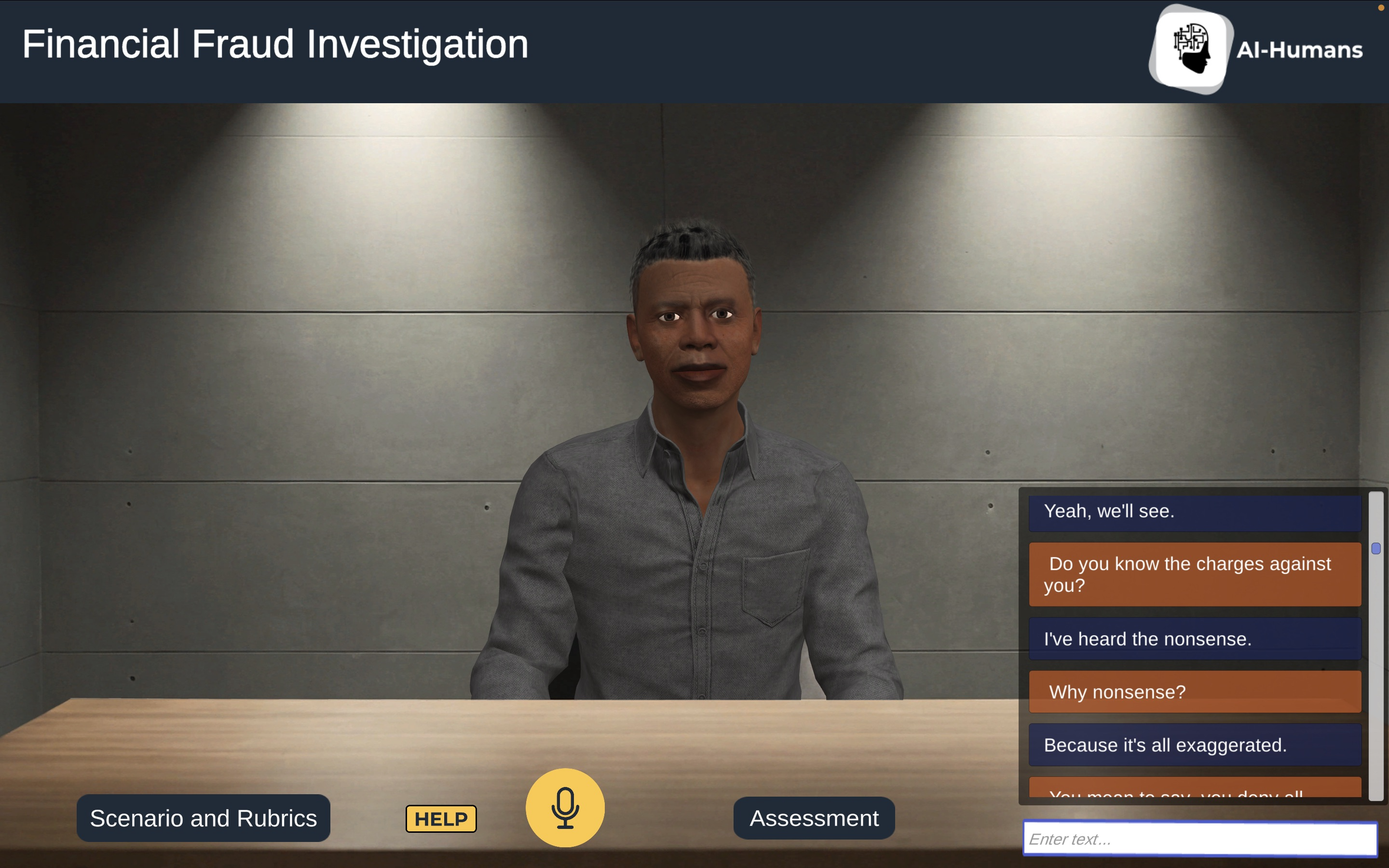It could be an unruly driver on the road or a suspect not willing to cooperate, in this increasingly complex and interconnected world, the ability to navigate and defuse conflicts is a critical skill. De-escalation techniques are structured methods designed to calm a tense or potentially volatile situation without resorting to force or aggression. These techniques are invaluable in fields such as law enforcement, mental health, customer service, and education, where managing high-stress interactions is often part of the job.
What are de-escalation techniques?
De-escalation techniques are strategies used to reduce tension and promote communication between individuals, particularly in situations that could lead to conflict or violence. The core principles include:
– Active Listening: Demonstrating empathy and understanding through attentive listening.
– Calm Communication: Using a composed and respectful tone of voice.
– Nonverbal Cues: Employing open body language to convey calmness and approachability.
– Empathy and Validation: Acknowledging the other person’s feelings without necessarily agreeing with their behavior.
– Problem-Solving: Collaboratively working towards a resolution that satisfies both parties.
These techniques aim to prioritize safety, build trust, and resolve disputes effectively without escalating tensions further.
Where and why are de-escalation techniques used?
De-escalation techniques are used in various domains, including:
– Law Enforcement: To manage potentially violent encounters while minimizing harm to all parties involved.
– Customer Service: To pacify dissatisfied or angry customers.
– Workplace Conflict Resolution: To mediate disputes between employees or teams.
– Mental Health: To engage with individuals in crisis, such as those experiencing anxiety, depression, or psychosis.
– Healthcare: To address conflicts with patients or their families in high-stress situations.
– Education: To handle disruptive students in a non-punitive and constructive manner.
The underlying goal is to prevent physical altercations, improve outcomes, and maintain the dignity and safety of everyone involved.
Why is de-escalation training important?
Training in de-escalation techniques is critical for professionals who encounter emotionally charged situations. Benefits include:
– Reduced Use of Force: Encouraging peaceful resolutions over physical interventions.
– Enhanced Communication Skills: Building better rapport with people in distress.
– Improved Public Trust: Especially for law enforcement, it helps bridge gaps between authorities and communities.
– Personal Safety: Protecting oneself and others from harm during confrontations.
– Emotional Intelligence Development: Enhancing empathy and understanding, which are vital for conflict resolution.
How to train for de-escalation skills
Training for de-escalation involves a combination of theoretical knowledge, practical exercises, and continuous feedback. Key components include:
– Understanding Human Behavior: Learning the psychological and physiological responses to stress and anger.
– Role-Playing Scenarios: Practicing de-escalation in controlled environments with realistic scenarios.
– Communication Training: Improving verbal and nonverbal communication skills.
– Stress Management Techniques: Building personal resilience to remain calm under pressure.
– Feedback and Reflection: Reviewing performance to identify strengths and areas for improvement.
However, traditional training methods often fall short in providing immersive, realistic, and scalable learning experiences. This is where AI-Humans step in as game-changers.
How AI-Humans enhances de-escalation training
AI-Humans are advanced, lifelike virtual beings powered by artificial intelligence. These digital entities can simulate real-world interactions, making them ideal for de-escalation training. Here’s how they add value:
Realistic Scenario Simulations: AI-Humans can mimic a wide range of emotional states and behaviors, from mild frustration to intense aggression. Trainees can interact with these virtual beings in lifelike scenarios, such as:
– Negotiating with an irate customer.
– Calming a person in mental health crisis.
– Diffusing a domestic dispute.
Safe Learning Environment: Unlike real-world encounters, interactions with AI-Humans occur in a risk-free environment. Trainees can make mistakes, learn from them, and refine their skills without endangering themselves or others.
Personalized Feedback: AI systems can analyze trainees’ responses and manner of interaction, such as tone of voice and choice of words, providing immediate, objective feedback for improvement.
Scalability and Accessibility: AI-Humans can provide consistent training to large groups, making de-escalation training accessible to organizations with limited resources.
Continuous Evolution: AI systems learn and evolve, enabling them to adapt scenarios to reflect emerging trends or new challenges faced by professionals.
Implementing AI-Humans-based de-escalation training in law enforcement
Law enforcement officers often operate in high-pressure environments where quick decision-making is crucial. Integrating AI-Humans into their training regimens can address many challenges:
Training for Diversity of Situations: AI-Humans can simulate scenarios involving individuals of different ages, cultural backgrounds, and mental health conditions. This prepares officers to approach situations with cultural sensitivity and psychological awareness.
Stress Simulation: AI-Humans can replicate the stress and unpredictability of real-world encounters, helping officers practice maintaining composure under pressure.
Scenario-Based Decision Making: Officers can practice de-escalation techniques for various contexts, such as traffic stops, protests, or interactions with armed individuals.
Enhancing Community Relations: By practicing empathy and respectful communication with AI-Humans, officers can build the skills needed to foster trust and cooperation in their communities.
Broader applications beyond law enforcement
While law enforcement is a key area, AI-Human-based de-escalation training has broad applications:
– Healthcare: Training nurses and doctors to communicate with distressed patients and families.
– Education: Helping teachers manage disruptive classroom behavior.
– Corporate Settings: Assisting managers in resolving workplace conflicts.
– Hospitality: Equipping staff to handle dissatisfied customers calmly.
De-escalation techniques are essential tools for maintaining peace and resolving conflicts in a wide range of professional contexts. The integration of AI-Humans into training programs has opened new horizons for skill development, offering realistic, scalable, and personalized learning experiences.
For law enforcement, this approach promises to reduce the use of force, improve public trust, and enhance officer safety. By embracing AI-Human technologies, organizations can ensure their personnel are better equipped to navigate the complexities of human interaction in a modern world.
With the right blend of technology, empathy, and practice, we can create a society where conflicts are resolved peacefully, one de-escalation at a time.


